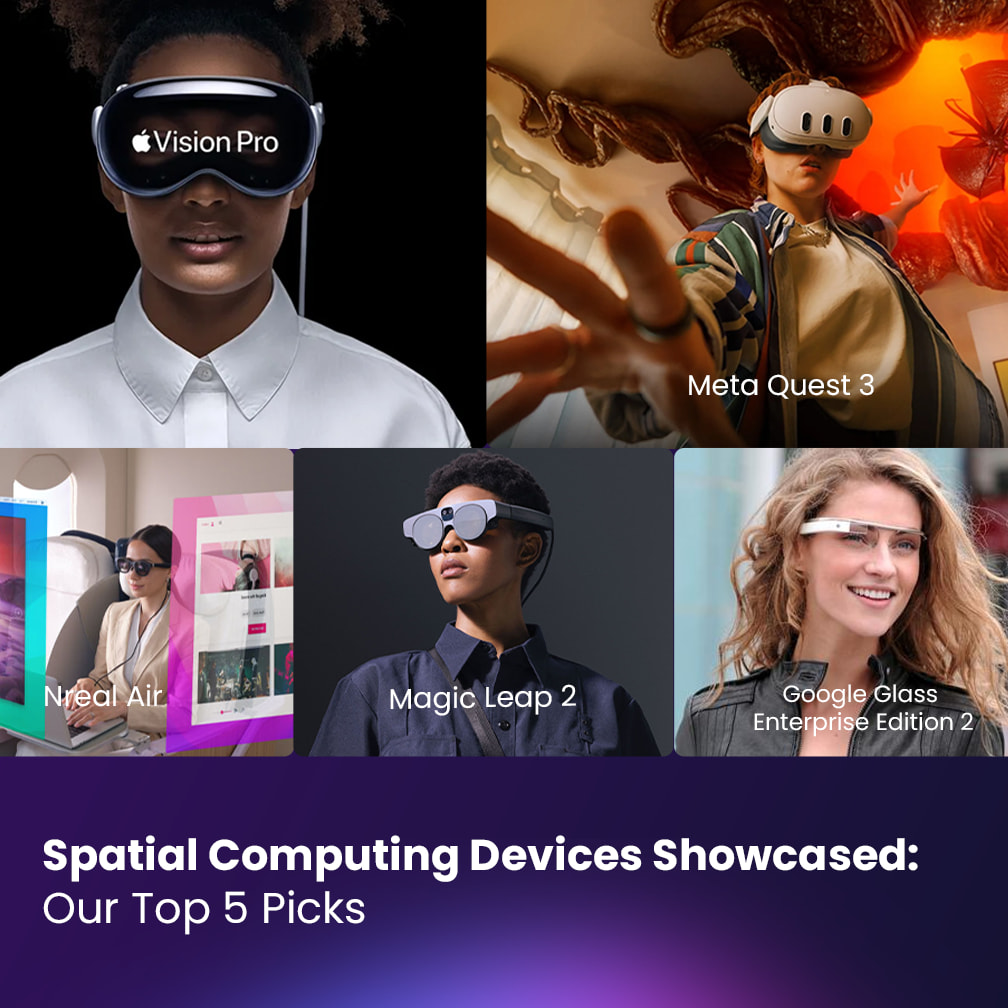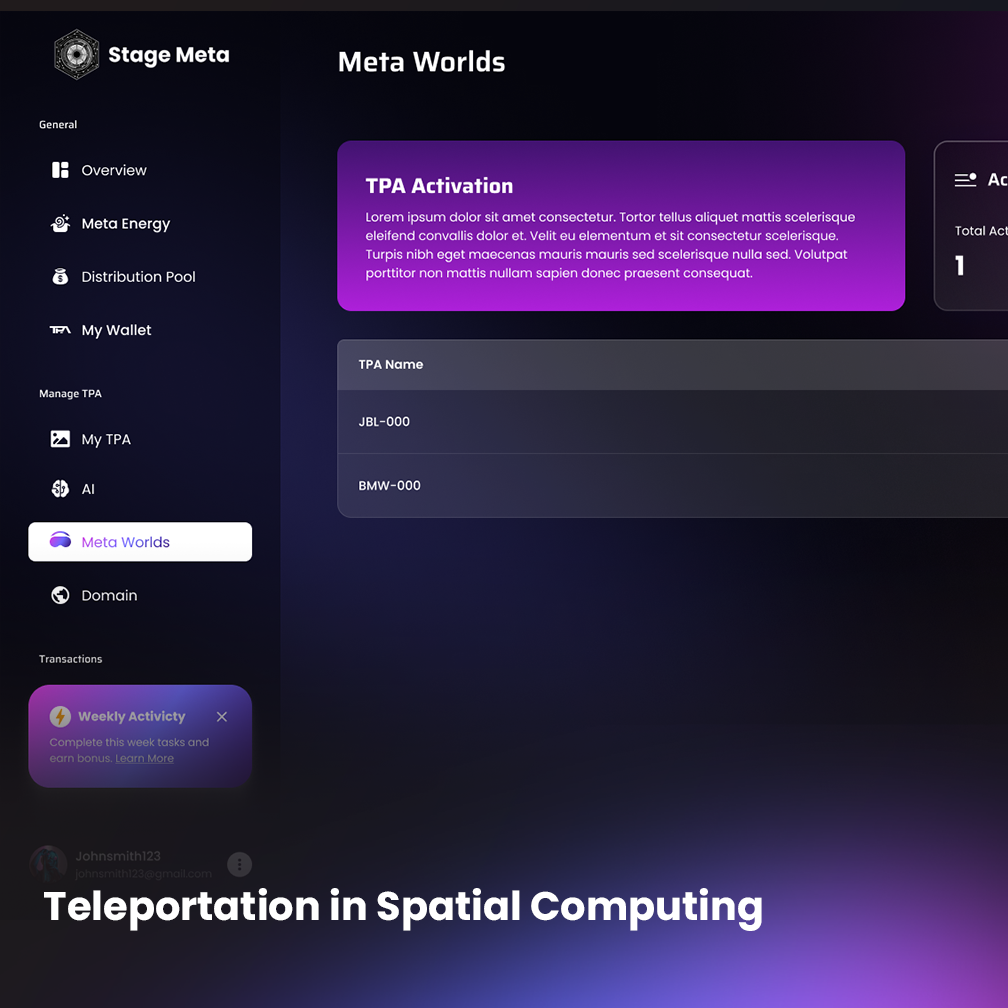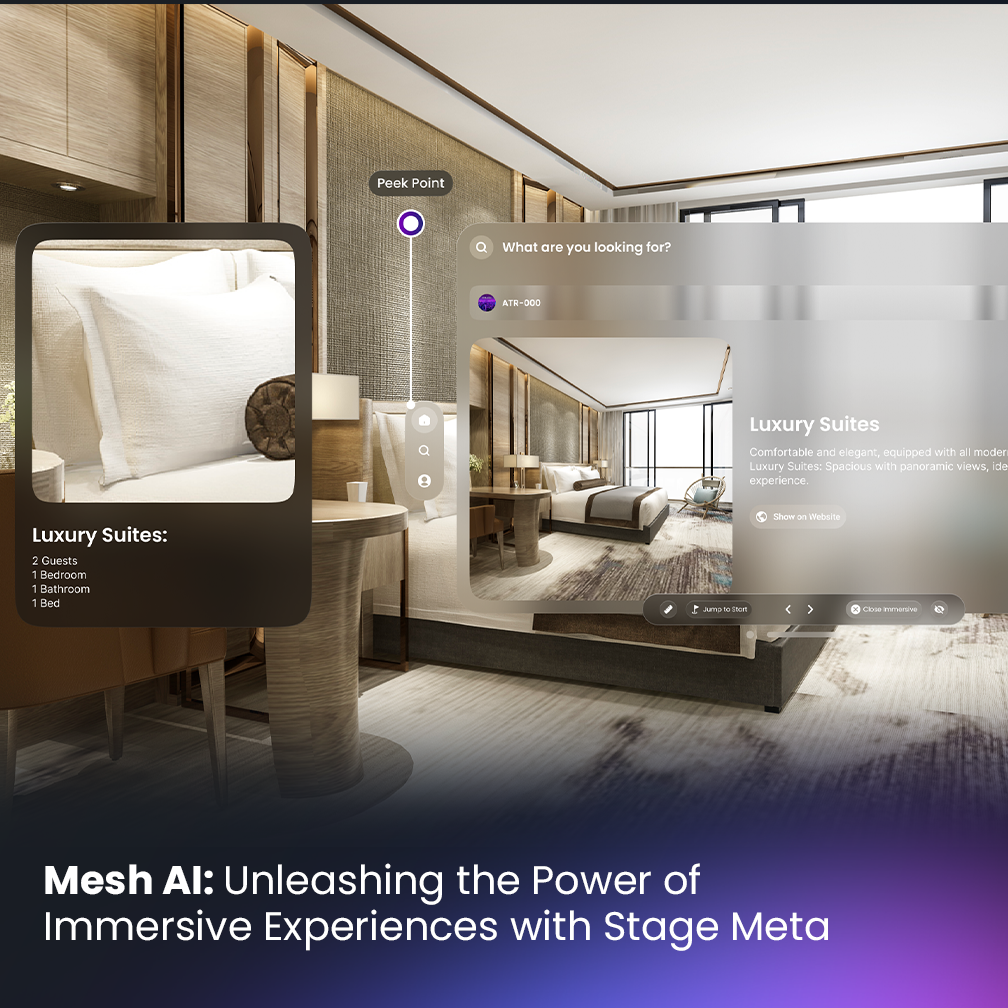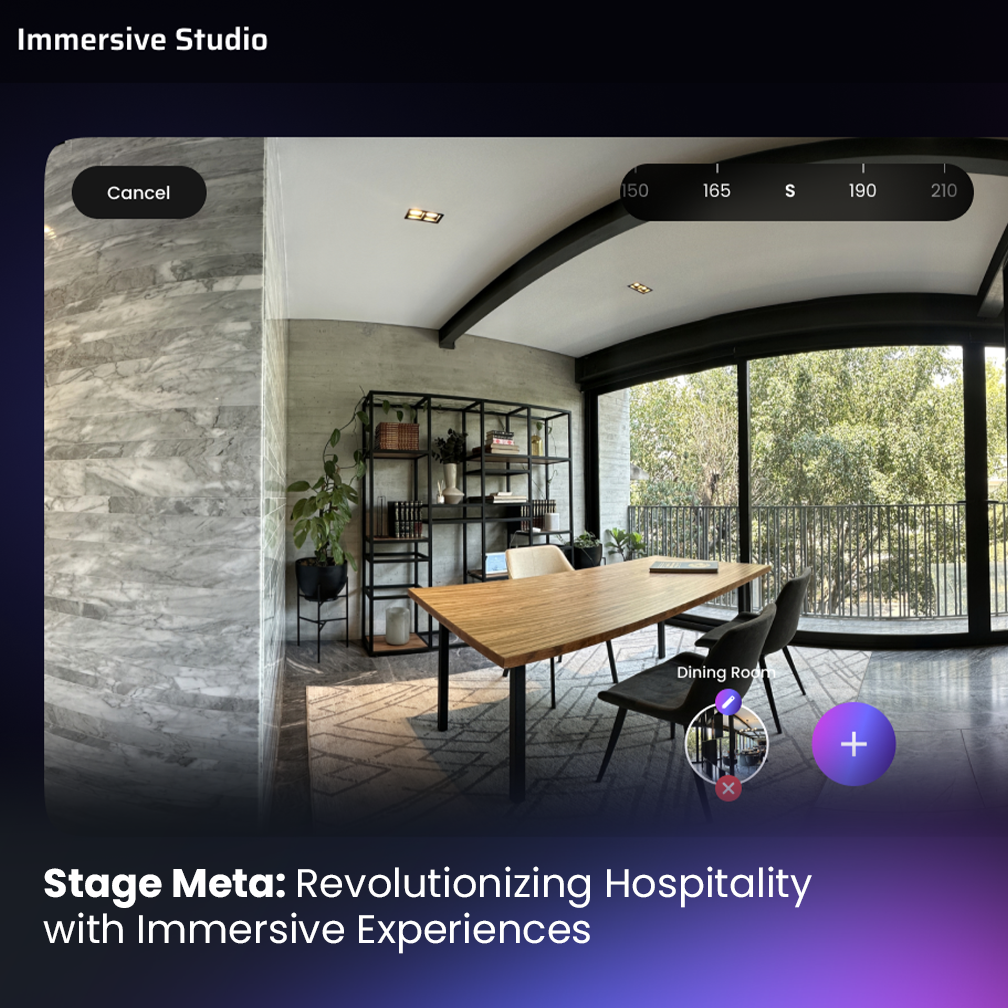The Impact of Virtual Reality: Exploring the Possibilities

Virtual reality (VR) is a rapidly advancing technology that has opened up new possibilities for people to explore, create and interact with the world in ways never before imagined. With the use of specialized headsets and peripherals, users are able to experience digital worlds as if they were actually there, allowing them to take part in realistic simulations and interactive experiences.
VR technology is being used in a variety of different fields, from entertainment and gaming to medicine and education.
In gaming, VR allows gamers to be immersed within virtual worlds, allowing them to explore and interact with objects as if they were really there. This provides an unprecedented level of realism, enabling gamers to feel like they’re actually inside the game.
In medicine, it is being used to train doctors and surgeons in highly realistic simulations as well as allow them to practice on virtual patients.
In education, VR can be used to create immersive learning experiences for students of all ages.
The range of current VR technology is quite vast, from motion controllers and haptic suits that provide tactile feedback, to sophisticated headsets and virtual reality gloves that allow users to interact with their environment.
Some of the more popular VR hardware includes Oculus Rift, HTC Vive, PlayStation VR and Google Cardboard. With these systems, users are able to explore detailed 3D environments, interact with objects and play a wide variety of games.
VR is a powerful tool that is constantly being improved and expanded. It has the potential to revolutionize how we experience, interact with and explore our world.
With each passing day, VR technology brings us closer to completely immersive digital experiences. As it continues to evolve, there’s no telling what kind of possibilities it will open up for us in the future.
By providing highly engaging, immersive, and interactive experiences, VR technology is becoming an invaluable tool for people of all ages. Whether it’s used for entertainment, medical training or educational purposes, its potential seems practically limitless. It’s an exciting time to be part of the rapidly growing VR industry and explore what this amazing technology can do.
1. Impact of Virtual Reality Technology
2. Current Range of Hardware & Peripherals Available
3. Possible Applications for VR Technology
Impact of Virtual Reality Technology
Virtual Reality (VR) technology has had an incredible impact on a variety of different fields and industries. In gaming, VR allows players to be fully immersed in a virtual world with realistic graphics and interactive elements. This type of experience is incredibly immersive and provides gamers with an unprecedented level of realism.
In medicine, VR technology can be used to create realistic simulations and practice environments for doctors and surgeons. It is also being used in educational settings, as it enables students of all ages to explore virtual worlds through immersive and interactive experiences.
VR technology has also made a splash in the entertainment industry. From movies and television shows to live concerts and sports events, VR can be used to create an incredibly realistic and engaging experience for viewers.
Overall, the impact of VR technology is far-reaching and continues to revolutionize how we interact with our world. By providing immersive digital experiences, it has opened up new possibilities for gamers, doctors, students and entertainment lovers alike. It’s only a matter of time before we see even more innovative applications of this amazing technology.
Current Range of Hardware & Peripherals Available
In order to experience VR, one needs a compatible hardware system and peripheral devices. The most popular headsets available today include the Oculus Rift, HTC Vive, PlayStation VR and Google Cardboard. In addition to these systems, there are also various controllers and tracking devices such as the Leap Motion controller or Microsoft’s Kinect that can be used to interact with virtual worlds.
The hardware and peripheral devices available today have greatly improved the VR experience and are constantly being upgraded to provide an even more immersive experience. As the technology continues to evolve, we can expect to see ever more impressive hardware systems and peripherals that will take VR experiences to a whole new level.
Possible Applications for VR Technology
The potential applications for VR technology are vast and continue to grow as the technology evolves. In addition to gaming and entertainment, VR is being used in a variety of other industries, such as healthcare, education, tourism, and retail.
In healthcare, doctors can use VR to practice surgery or diagnose illnesses more efficiently by creating realistic simulations. In education, students can explore a variety of virtual worlds and gain an in-depth understanding through immersive experiences. In tourism, VR is being used to offer virtual tours of different destinations around the world. And in retail, customers can use VR to try on clothes or check out items from the comfort of their own home.
The possibilities for VR technology are seemingly limitless and it’s only a matter of time before we see even more innovative applications for this amazing technology.
What Does The Future Hold?
It is clear that VR technology has the potential to revolutionize how we interact with the world. As the technology continues to evolve, we can expect to see even more impressive hardware and peripherals that will take VR experiences to a whole new level.
In the near future, we may be able to use VR technology for telepresence applications such as virtual meetings or remote learning. We may also start seeing augmented reality (AR) technologies being combined with VR, creating an even more immersive experience.
Overall, the future of VR looks incredibly exciting, and it will be interesting to see how this technology will continue to evolve and shape our lives in the years ahead.
In conclusion, virtual reality (VR) technology has revolutionized how we interact with our world and opened up an abundance of possibilities. From gaming and entertainment to healthcare, education and retail, VR is being used in a variety of industries to create an immersive experience for users. With the constant advances in technology, we can expect to see even more innovative applications for this amazing technology in the near future.
Overall, it is clear that VR has already had a tremendous impact on our lives, and it will continue to shape the way we live and interact with each other in the years ahead.








